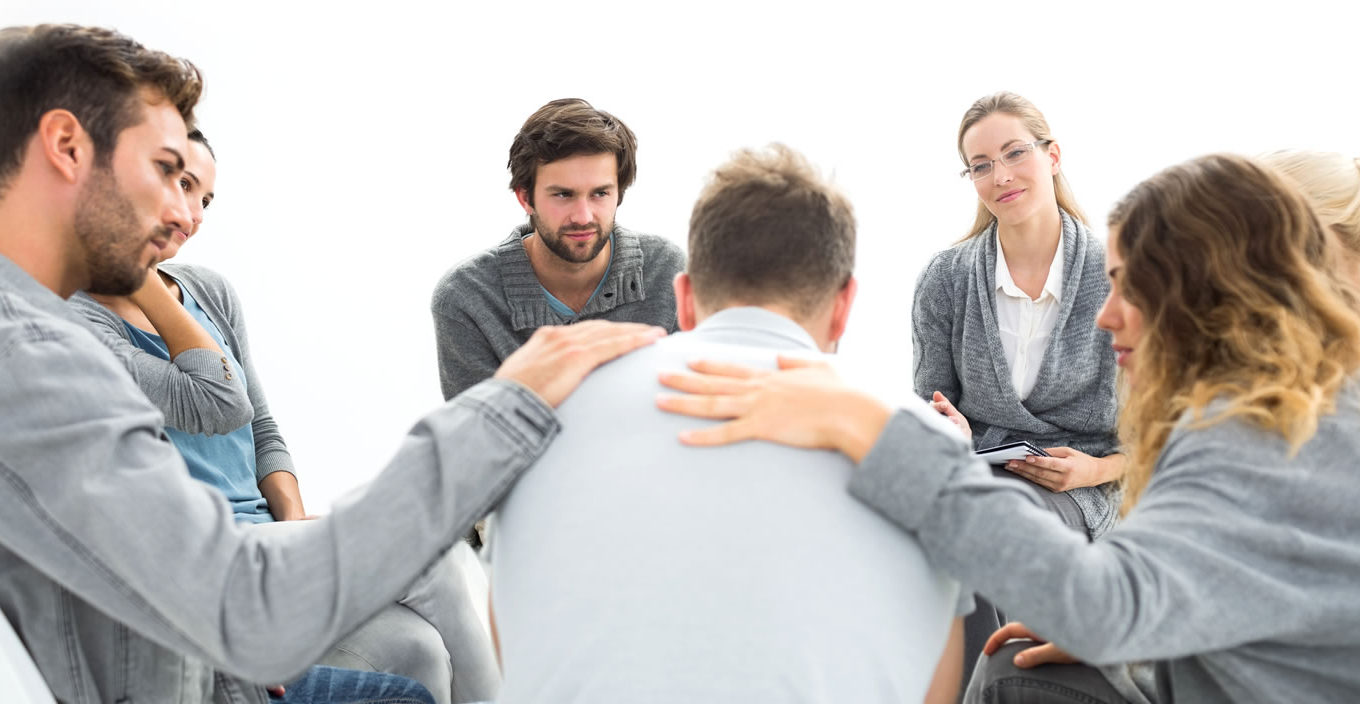Shingles in Seniors: What Are the Warning Signs and Treatment Options?

As people get older, their immune systems may not be as strong. That means they can catch health problems easily, like shingles. Shingles is a virus that gives you a bad rash, and it’s common in old folks, particularly if they’re living close to others in places like retirement homes, where diseases spread more easily due to proximity. It’s important for both seniors and those who look after them to know the red flags of this condition so they can quickly take action against shingles when needed.
Recognizing the Early Warning Signs of Shingles in Seniors
Shingles doesn’t start with a rash. Instead, old folks might feel burning or numb in one part of their skin first. They also may just generally feel unwell – like having feverish spells, headaches, and feeling tired all the time.
Sometimes, these early signs show up as tender skin that hurts more than usual, too. These symptoms can hang around for days before anything else happens, but it’s important to pick on them fast because catching shingles quickly makes treating it much easier and reduces how serious it gets.
The Development and Appearance of the Shingles Rash
After the first signs, that’s when you usually see shingles’ main badge – a rash. This isn’t just any old rash; it looks like blisters forming a stripe around one half of your torso or sometimes on part of your face or neck.
When these sore spots burst open and heal over into crusts, they can cause quite some pain. The time from start to finish is about 2-4 weeks for this nasty red patch to do its thing. During all this messiness, keeping things under control is important so as not to cause extra trouble (like bacterial infections) by scratching at them.
Treatment Options for Shingles in Seniors
The main game plan for treating shingles in old folks is using antiviral meds, controlling pain, and kicking the symptoms. Things like acyclovir or famciclovir work best if you start them as soon after that rash shows up (ideally within 72 hours). They can really turn down how bad things get and speed up recovery time, too!
Pain relief might be simple stuff from your pharmacy store, cold packs on your skin, soothing lotions, or even a soak in an oatmeal bath. In some harsher cases, though, seniors may need stronger prescription drugs to help with intense pain. Keeping clean is so important along the way. Don’t scratch those blisters no matter what because it’ll lead straight into other infections.
Prevention and Vaccination Strategies for Seniors
Stopping shingles before it starts is a big deal for seniors because this can hit hard in older folks. If you’re over 50, getting the vaccine will really put the odds in your favor. It won’t just cut down on chances of catching shingles but also make things less severe if they do catch up to you.
So, talk with your doctor about whether vaccination’s right, especially if germs often get the better of them. Remember, keeping healthy overall isn’t half bad, either. Eating well-balanced meals and staying active helps fight off not only shingles but many other diseases.
Conclusion
To sum it up, shingles can be a real pain for seniors. But if they catch those telltale signs early, get the right treatment, and use their guard-up tools like vaccines. Staying in the know about health issues and being proactive is key to keeping themselves out of trouble with diseases like these that love picking on our elderly buddies.




